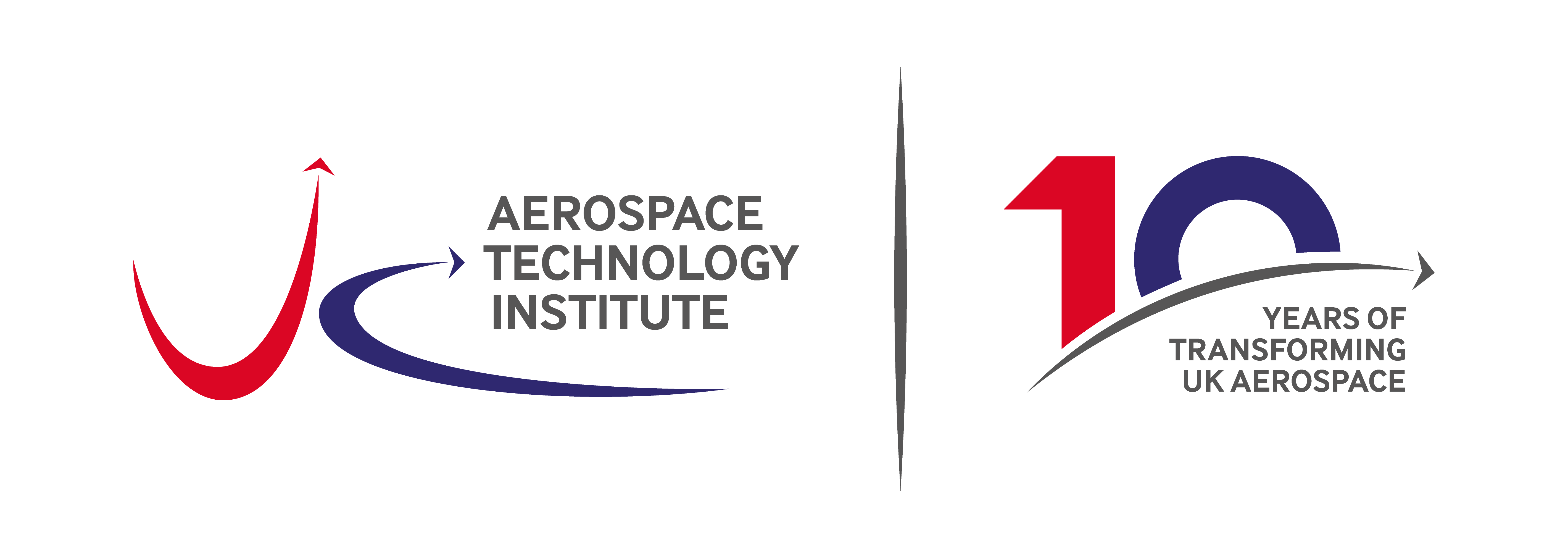FlyZero meets… Hybrid Air Vehicles
Introducing some of the industry experts from whom FlyZero has welcomed input, featuring a guest article from Andrew Barber, head of airworthiness at Hybrid Air Vehicles.
About Andrew
An aviation obsessive from birth, Andrew started his career with Rolls-Royce in Derby, having completed an Aeronautics and Astronautics degree at the University of Southampton. Andrew then spent 12 years in the automotive industry, culminating in creating his own sports car manufacturer. In 2004, Andrew returned to aviation as engineering manager for a small company making aircraft furniture based in Thame. Since then, Andrew has worked for several aviation companies including more than five years with HAV. Andrew holds a private pilot’s licence and has more than 600 flight hours.

How Hybrid Air Vehicles is rising to the carbon challenge
Hybrid Air Vehicles is the British company behind the innovative, ultra-low emissions Airlander hybrid aircraft that has been prototyped, tested and is now ready to enter the market. HAV’s prototype demonstrated a 75 percent CO2 emissions reduction compared to other aircraft in similar roles. From 2025, HAV’s hybrid-electric Airlander, which has two combustion engines and two electric motors, will reduce emissions by 90 percent. By 2030 an all-electric Airlander 10, with four electric engines, will produce zero emissions. Airlander will be capable of delivering regional connectivity for up to 100 passengers as well as operating in logistics, experiential travel and communications & surveillance roles. Airlander doesn’t require the same infrastructure as conventional aeroplanes such as roads and runways and this ability to land and take off from virtually any flat surface including water, further reduces its environmental impact.
Airlander delivers an immediate 75 percent CO2 emission reduction without reliance on sustainable aviation fuel or offsetting providing a clear pathway to practical zero-carbon flight by 2030 with no technical unknowns. Regional connectivity plays an important role in building and spreading prosperity, particularly as many communities globally are under-served by affordable mass transit to major urban areas. Airlander offers a low carbon option for up to 100 passengers, connecting cities without the need for substantial infrastructure.
Airlander and decarbonisation
Decarbonisation is aviation’s most significant challenge and the path to net zero requires the development and commercialisation of new technologies, at scale, quickly. Airlander has completed full-scale prototype flight test and is progressing with the regulators to work towards entry into service. A challenge is in commercialisation. New aerospace technology is capital intensive and can be seen as too risky for the more traditional financial markets. Solving this challenge is critical to being able to bring Airlander into commercial service.
Airlander is a new form of aviation, combining buoyant lift from helium with aerodynamic lift and vectored thrust, creating significant energy efficiency over conventional aeroplanes and helicopters. It deploys low-carbon technologies, such as fuel cells and electric motors, into air services across multiple sectors quickly to reduce CO2 emissions. HAV is working in partnership with Collins Aerospace and the University of Nottingham to develop electric motors for Airlander 10. The programme is set to deliver electric motors that will facilitate hybrid-electric flight for Airlander from 2025.
Its configuration makes Airlander a safe and practical early adopter of hydrogen fuel cells for flight at commercial scale by the end of the decade. Although hydrogen fuel cell technology is still being optimised for use in aviation, Airlander has a unique capability to adopt fuel cells at an early stage; the hull has space to store the required amount of hydrogen which may prove problematic for traditional aircraft.
Innovation inspiration
The list of inspirational projects is long but probably NASA’s Apollo programme is at the top. I am just old enough to remember Apollo 17 (1972) and to this day I use the examples of Christopher Kraft and Gene Kranz when I am thinking about planning our flight test programme. Today, I am a very keen follower of the NASA Mars exploration programmes, especially now that they have an aircraft operating there. I followed the Perseverance landing live, well as live as anyone can when the event is 20 light minutes away. The beauty, elegance and excitement of space travel, especially human space travel is difficult to beat for me emotionally.

